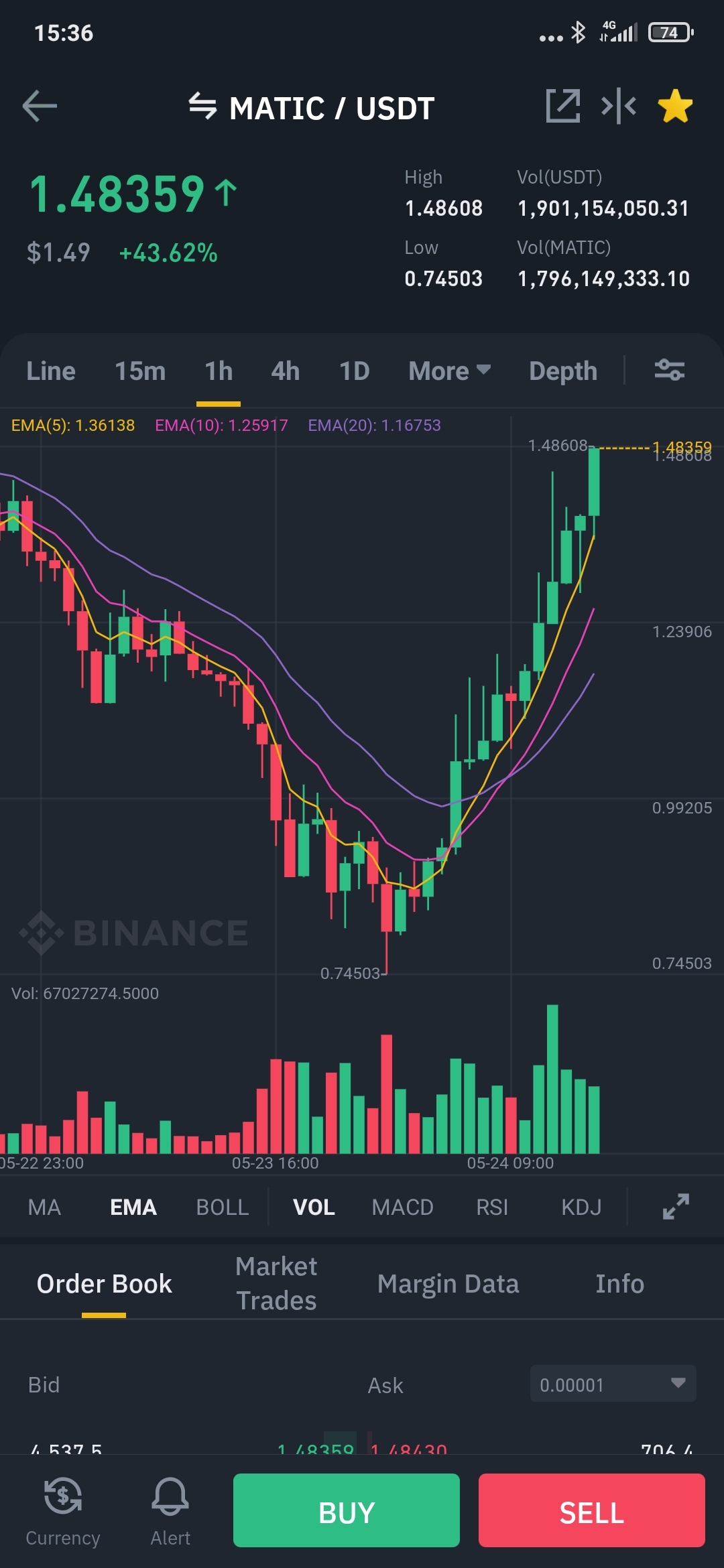
lostbelt
No personal profile
14Follow
1Followers
0Topic
0Badge
This is bad.,...,..
Jobs Friday Is Here, The Data Could Show a Slowdown
Consider selling? Short selling is good for this stock
Sorry, the original content has been removed
Joke . The forecast is so far fetched.
Apple Forecasts Faster Sales Growth, Strong IPhone Demand Despite Glum Economy
$Coinbase Global, Inc.(COIN)$a year ago, i said coin base was going from $200 to $100 for sure. People were skeptical, now at $50 people are in disbelief.
This is good news
Infrastructure Spending Is on Its Way. Here’s a Cheap Way to Play It
This is good. If you stay on the sidelines. Pls no.
Sorry, the original content has been removed
Looking good?
Sorry, the original content has been removed
This means oil going to crash soon?
Oil prices edge higher, look to shake off post-Fed decline
This is good
Sorry, the original content has been removed
$AMC Entertainment(AMC)$omgggg
Go to Tiger App to see more news